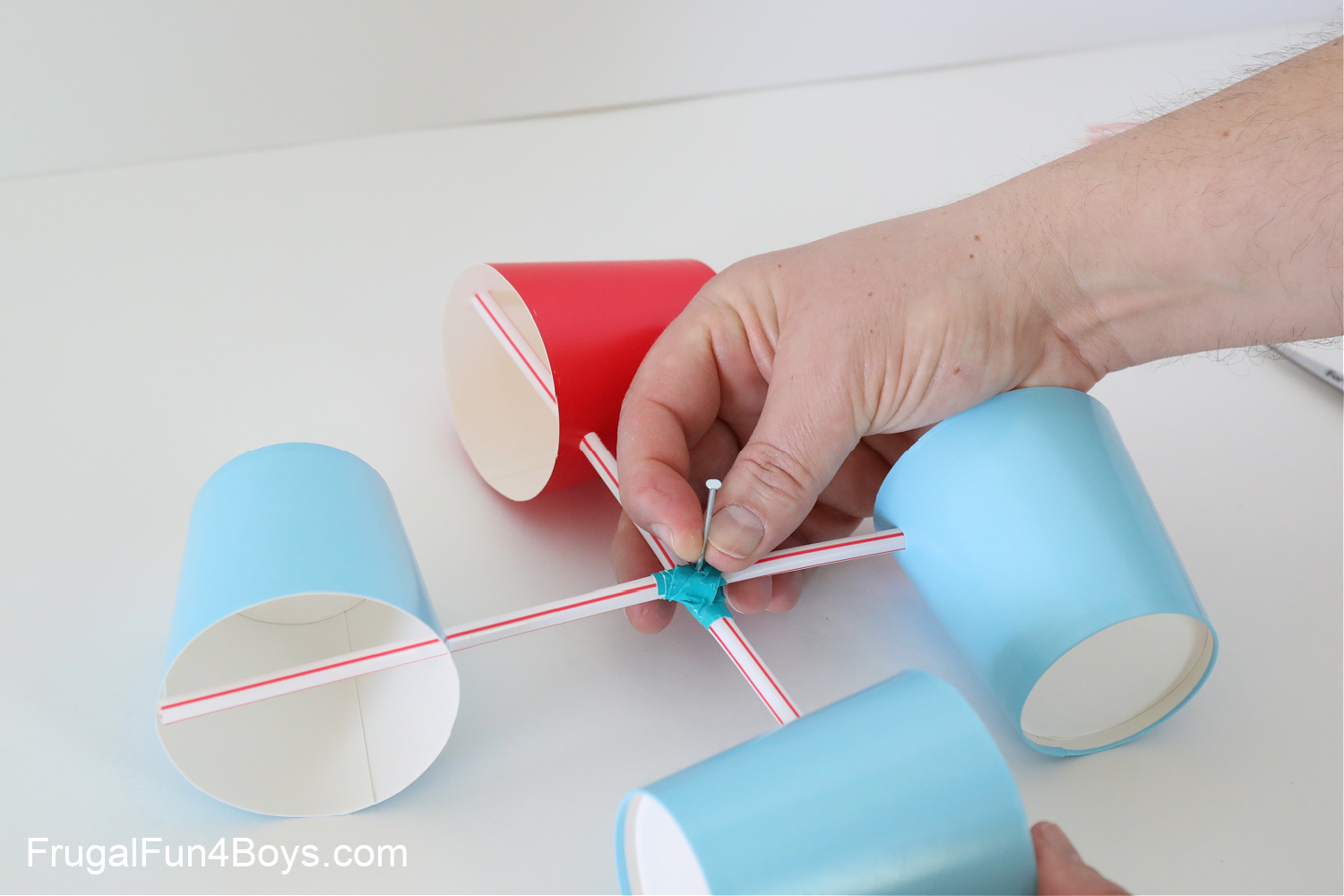Professional Tips for Adjusting Your Anemometer for Ideal Performance
Professional Tips for Adjusting Your Anemometer for Ideal Performance
Blog Article
Anemometers Unveiled: Comprehending Their Importance in Environmental Tracking and Precaution
The role of anemometers in environmental tracking and security procedures is typically ignored, yet their relevance is indisputable. These instruments have a long background rooted in clinical inquiry and technological innovations, advancing to come to be important tools in various areas. From weather forecasting to aviation safety, anemometers play an essential role in giving exact data that educates decision-making procedures and improves overall safety and security. Comprehending the details of anemometers introduces a world of crucial understandings that are essential to our understanding of the atmosphere and the steps we take to make sure safety.
History of Anemometers
The evolution of anemometers can be traced back to the ancient worlds where basic wind gauging tools were first used. One of the earliest well-known anemometers was the hemispherical mug anemometer developed by Leon Battista Alberti in the 15th century.
In the 18th century, the renowned scientist John Thomas Romney Robinson introduced the Robinson anemometer, which featured four hemispherical cups installed on straight arms that extended from a main axis. This layout became a standard in meteorological measurements due to its accuracy and dependability. For many years, innovations in technology caused the development of more modern anemometers, consisting of ultrasonic anemometers and laser Doppler anemometers, offering increased precision and efficiency in measuring wind speed and direction. The background of anemometers showcases a remarkable trip of technology and progress in the field of weather forecasting.
Types of Anemometers
Throughout the area of meteorology, various kinds of anemometers have been established to accurately determine wind speed and instructions. Sonic anemometers use ultrasonic signals to determine wind rate and direction properly. Hot-wire anemometers run based on the principle that the cooling result of wind on a heated cable is symmetrical to the wind speed.
Applications in Weather Forecasting
Having actually gone over the numerous kinds of anemometers made use of in meteorology for gauging wind rate and instructions, it is important to discover their sensible applications in the field. Anemometers play a critical duty in weather forecasting by providing accurate and real-time information on wind problems (anemometer). Meteorologists make use of anemometers to check wind rate and instructions to anticipate climate patterns, issue warnings for severe weather events like tornados, hurricanes, and hurricanes, and evaluate weather for aeronautics security
In meteorology, anemometers assist in comprehending regional and regional wind patterns, which are vital for anticipating weather adjustments and establishing weather fads. These devices are additionally utilized in study to examine microclimates, urban warmth islands, and air contamination dispersion. In addition, anemometers are utilized in agriculture to enhance crop management techniques, such as irrigation and chemical application, based on wind problems.
Relevance in Aeronautics Safety
An important aspect of making certain aeronautics safety depends on the precise surveillance of wind conditions utilizing anemometers. Anemometers play a critical function in aeronautics by offering real-time information on wind speed and direction, helping pilots in making informed choices throughout flight, liftoff, and landing. Strong and unforeseeable winds can significantly affect airplane operations, making it important for aeronautics authorities to depend on precise wind dimensions to ensure the safety of guests and crew.

In you can try here the vibrant environment of air travel, where also minor adjustments in wind rate and direction can have extensive results, anemometers stand as important devices for promoting protected and secure air travel.
Role in Environmental Research Study
How do anemometers add to advancements in ecological study? Anemometers play an important duty in environmental research by supplying necessary data on wind rate and direction. This information is crucial for recognizing various atmospheric processes, such as air pollution diffusion, climate patterns, and environment change. By properly measuring wind qualities, anemometers assist scientists assess the movement of pollutants in the air, assess the effect of industrial discharges, and anticipate the spread of impurities in the environment.


Final Thought
In conclusion, anemometers have actually played a critical function in environmental monitoring and safety and security procedures. Understanding the significance of anemometers is crucial for precisely measuring wind rate and direction, which is essential for anticipating climate patterns, making sure safe useful reference aviation procedures, and conducting ecological studies.
One of the earliest well-known anemometers was the hemispherical cup anemometer developed by Leon Battista Alberti in the 15th century. Over the years, developments in modern technology led to the advancement of even more modern anemometers, consisting of ultrasonic anemometers and laser Doppler anemometers, providing increased accuracy and performance in measuring wind rate and instructions. Hot-wire anemometers operate based on the principle that the cooling result of wind on a heated cable is symmetrical to the wind speed. Meteorologists utilize anemometers to keep track of wind rate and direction to forecast weather condition patterns, concern warnings for serious climate events like tornados, hurricanes, and cyclones, and evaluate climatic problems for air travel safety.
Comprehending the significance of anemometers is essential for properly determining wind speed and direction, which is important for anticipating climate patterns, making my site sure safe aviation operations, and carrying out ecological researches. (anemometer)
Report this page